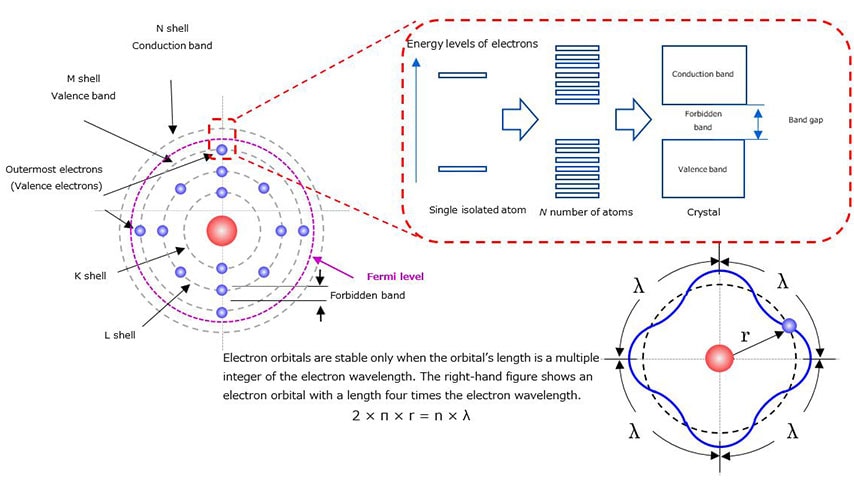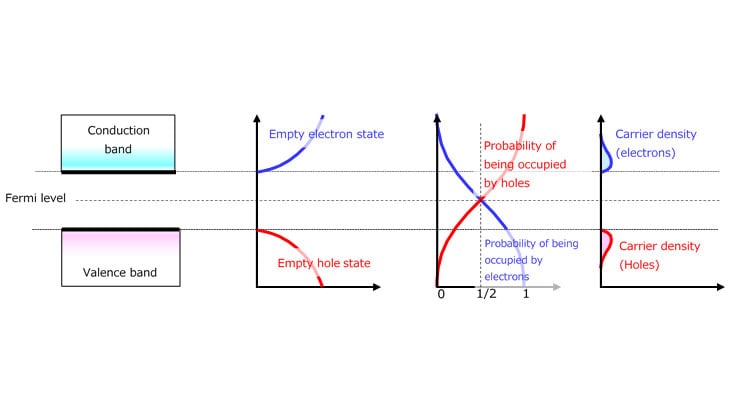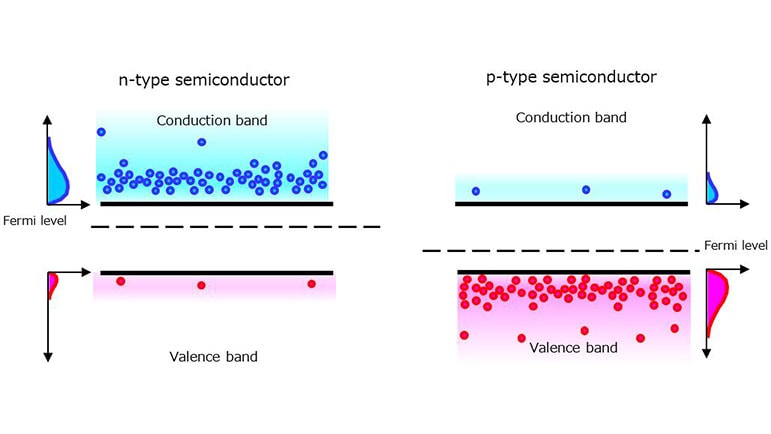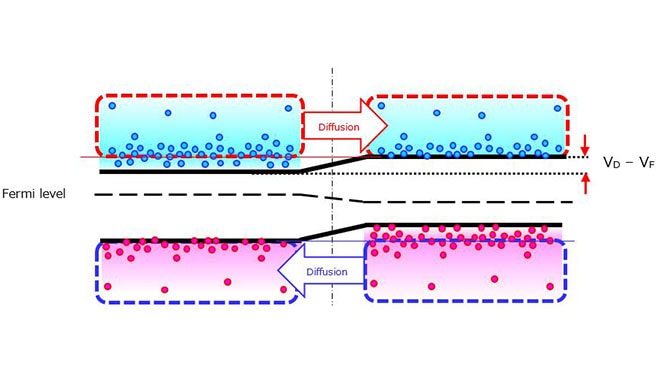-
My ToshibaSemicon
- 반도체 탑
-
애플리케이션Automotive
Body Electronics
xEV
In-Vehicle Infotainment
Advanced Driver-Assistance Systems (ADAS)
Chassis
IndustrialInfrastructure
BEMS/HEMS
Factory Automation
Commercial Equipment
Consumer/PersonalIoT Equipment
Healthcare
Wearable Device
Mobile
Computer Peripherals
-
제품자동차 디바이스
Discrete Semiconductor
다이오드
트랜지스터
로직 IC
Analog Devices
Digital Devices
Wireless Devices
※
: Products list (parametric search)
파워반도체※
: Products list (parametric search)
Isolators/Solid State RelaysPhotocouplers
Digital Isolators
Solid State Relays
Fiber Optic Transmitting Modules
※
: Products list (parametric search)
MOSFETsIGBTs/IEGTs바이폴라 트랜지스터※
: Products list (parametric search)
다이오드※
: Products list (parametric search)
마이크로컨트롤러모터 드라이버 ICIntelligent Power ICs※
: Products list (parametric search)
전원관리IC리니어 IC※
: Products list (parametric search)
범용로직IC리니어 이미지 센서기타 제품용 IC기타 제품용 IC
※
: Products list (parametric search)
-
개발/설계 지원
-
기술 자료
- 구매처
- 부품 번호 & 키워드 검색
- 상호 참조 검색
- 파라미터 검색
- 재고 확인 및 구매
This webpage doesn't work with Internet Explorer. Please use the latest version of Google Chrome, Microsoft Edge, Mozilla Firefox or Safari.
3글자 이상 입력하세요. Search for multiple part numbers fromhere.
The information presented in this cross reference is based on TOSHIBA's selection criteria and should be treated as a suggestion only. Please carefully review the latest versions of all relevant information on the TOSHIBA products, including without limitation data sheets and validate all operating parameters of the TOSHIBA products to ensure that the suggested TOSHIBA products are truly compatible with your design and application.Please note that this cross reference is based on TOSHIBA's estimate of compatibility with other manufacturers' products, based on other manufacturers' published data, at the time the data was collected.TOSHIBA is not responsible for any incorrect or incomplete information. Information is subject to change at any time without notice.
3글자 이상 입력하세요.
1. Conductors, semiconductors, and insulators
Materials can be divided into three categories according to their ability to conduct an electric current:
- Conductors: Materials that easily conduct electricity (i.e., materials with high electrical conductivity and low electrical resistivity)
- Semiconductors: Materials with an electrical conductivity value that falls between that of a conductor and that of an insulator
- Insulators: Materials that do not readily conduct electricity (i.e., materials with high electrical resistivity)
Conductors have electrical resistivity on the order of 10-8 to 10-4 Ωcm whereas insulators have electrical resistivity on the order of 108 to 1018 Ωcm. Semiconductors have an electrical resistivity value between those of conductors and insulators—10-4 to 108 Ωcm.
Electrical resistivity: Ωcm
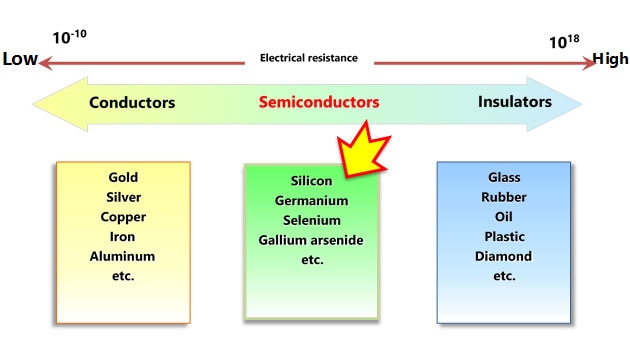
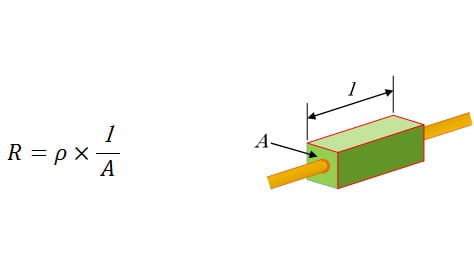
Electrical resistance (R) is the resistance to a flow of electric current through a material. The electrical resistance of a material is proportional to its length (l) and inversely proportional to its cross-sectional area (A). Each material has also an intrinsic property called electrical resistivity (ρ). Electrical resistance (R) is expressed as follows as a function of ρ, I and A. Electrical resistivity (ρ) is determined by the energy level (band) of the electrons in the outermost shell of an atom, crystalline states, and other factors.
- 1/6
- Next
Chapter1 Basics of Schottky Barrier Diodes (Basic of Semiconductor Device)
Related information
- Products
Schottky Barrier Diodes - Applidcation Notes
Application Notes - FAQs
Diodes - Parametric Search
Schottky Barrier Diodes - Stock Check & Purchase
Stock Check & Purchase


